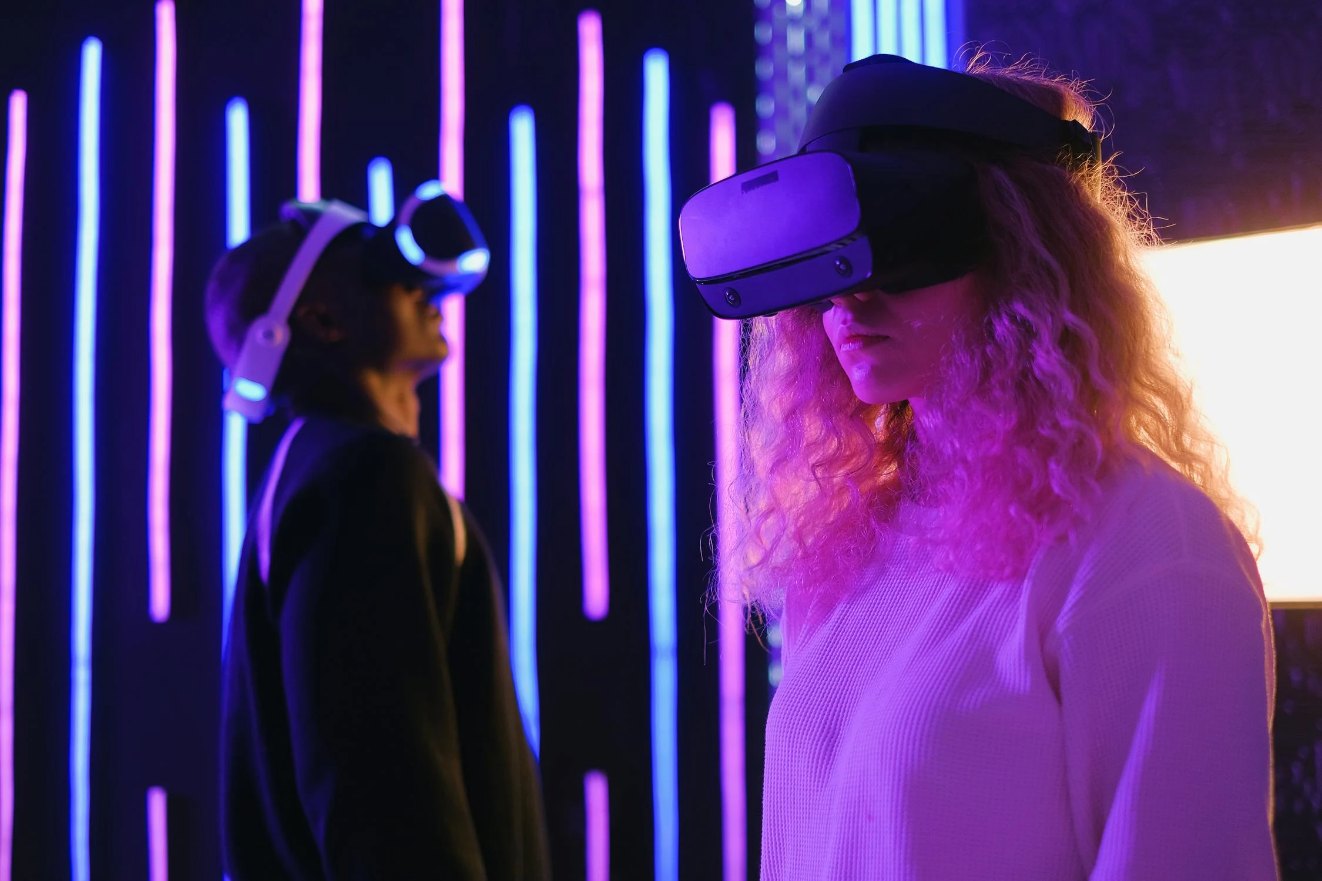The Psychology of Presence: Why AR and VR Feel So Real

5 min read
03 Nov 2025
Welcome to the fascinating world of presence! In this article, we'll delve into the psychology behind why Augmented Reality (AR) and Virtual Reality (VR) feel so real to users, exploring the cognitive and perceptual mechanisms that contribute to the sense of immersion and presence in virtual environments.
Understanding Presence
Presence refers to the feeling of "being there" in a virtual environment as if you've truly stepped into another world. It's the sensation of immersion and engagement that makes AR and VR experiences feel so compelling and lifelike.
Sensory Immersion
AR and VR technologies create sensory immersion by stimulating multiple senses simultaneously. Through visual, auditory, and sometimes even tactile feedback, users are transported to virtual environments that engage their senses in a way that mimics real-world experiences.
Perceptual Realism
Perceptual realism plays a crucial role in creating a sense of presence in AR and VR. The more realistic the virtual environment looks, sounds, and feels, the more likely users are to perceive it as "real" and experience a strong sense of presence.
Embodied Cognition
Embodied cognition suggests that our perception of the world is influenced by our body's actions and sensations. In AR and VR, users often embody avatars or interact with virtual objects, which enhances their sense of presence by connecting their physical movements with their virtual experiences.
Social Presence
Social presence refers to the feeling of "being there" with others in a virtual space. Whether it's interacting with virtual characters or collaborating with real people in virtual environments, social presence enhances the sense of immersion and connection in AR and VR experiences.
Psychological Engagement
Psychological engagement occurs when users are mentally and emotionally invested in a virtual experience. Whether it's solving a puzzle, exploring a virtual world, or interacting with virtual characters, engagement enhances presence by capturing users' attention and curiosity.
Suspension of Disbelief
Suspension of disbelief is the willingness to temporarily accept the reality of a fictional world, despite knowing it's not real. In AR and VR, suspension of disbelief allows users to fully immerse themselves in virtual experiences and suspend their awareness of the physical world around them.
Presence and Immersion
Ultimately, presence and immersion are closely intertwined, with each reinforcing the other. The sense of presence draws users into virtual environments, while immersion enhances their sense of presence, creating a feedback loop that makes AR and VR experiences feel incredibly real and compelling.
Conclusion
In conclusion, the psychology of presence offers valuable insights into why AR and VR feel so real to users. By understanding the cognitive and perceptual mechanisms behind presence, we can design more immersive and engaging virtual experiences that captivate and delight users.

The AR Breakthrough That Will Make Blockchain Transactions Simpler Than Ever!
5 min read | 15 Nov 2025
How AI Is Making Blockchain Smarter and Safer – The Inside Scoop!
5 min read | 14 Nov 2025
The Big Tech Twist: How VR Is Set to Disrupt Blockchain Like Never Before!
7 min read | 13 Nov 2025
Unlocking the Power of AR: How Augmented Reality Is Set to Revolutionize Blockchain!
5 min read | 12 Nov 2025More Articles

Regulation or Innovation? Navigating the Legal Landscape of Blockchain
4 min read | 28 Sep 2025

Security Concerns in the Blockchain Landscape: Mitigating Risks and Building Trust
4 min read | 27 Sep 2025

Blockchain's Scalability Challenge: Can it Handle Mass Adoption?
7 min read | 26 Sep 2025

Blockchain Use Cases Beyond Finance: Healthcare, Real Estate, and More
5 min read | 25 Sep 2025
More Articles

How AR and VR Are Revolutionizing Remote Work: Virtual Offices of the Future
5 min read | 05 Nov 2025

AR for Astronauts: Training for Space Exploration on Earth
4 min read | 04 Nov 2025

The Psychology of Presence: Why AR and VR Feel So Real
5 min read | 03 Nov 2025

AR-Enhanced Storybooks: Bringing Children's Literature to Life
4 min read | 02 Nov 2025
